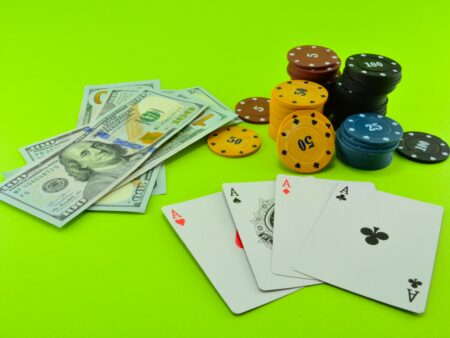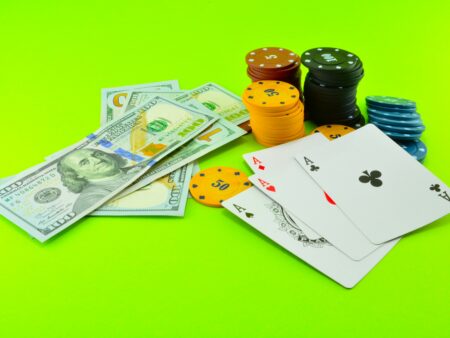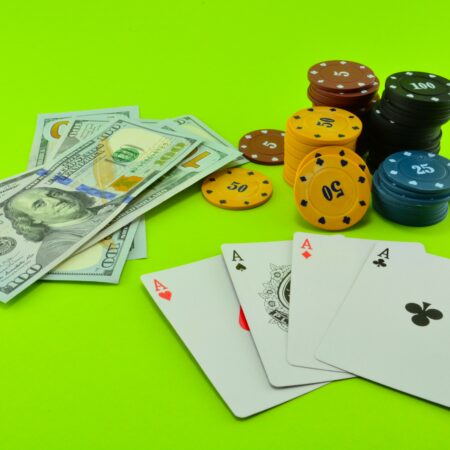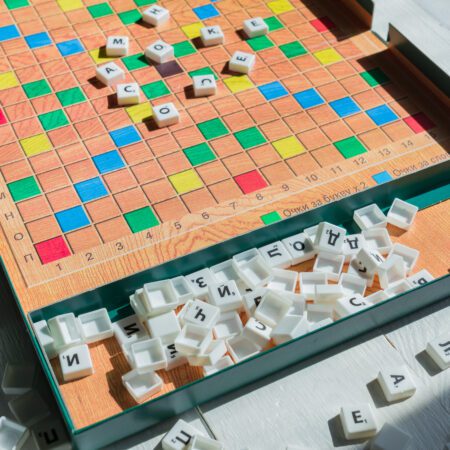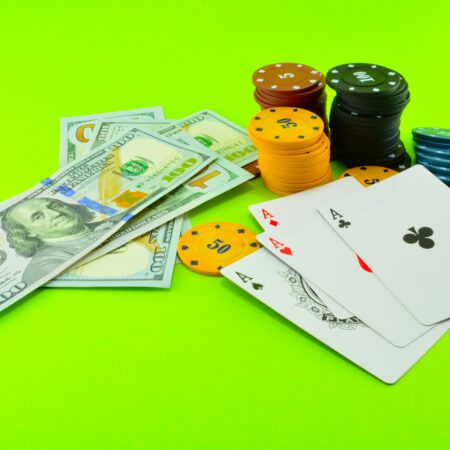Take your poker game to the next level by learning to read ‘poker tells.’ Discover the importance of interpreting nonverbal cues and how they can influence your decision making at the table.
Poker Tells: Reading Your Opponents for Better Decision Making
I’ll never forget one of the first casino games I ever played – a heated round of poker with a group of seasoned players. I was doing pretty well, until I noticed seasoned George across the table squinting a little whenever he was about to bluff. The question that smiled from my naive face was – was it a coincidence? Or was it his ‘tell’?
Consider this: As much as 93 percent of our communication is nonverbal. Subtle facial expressions, body language, and vocal inflections can reveal so much! Even in poker, your opponents are constantly giving away information, intentionally or not, and the ability to read these signals – or ‘tells’ – can give you a serious competitive edge.
Recognize the Importance of ‘Poker Tells’
‘Tells’ are an old concept in poker and often the basis of epic cinematic duels. Movies like ‘Casino Royale’ or ‘Rounders’ revolve around this implicit dialogue – it’s like a two-way mirror, you see your opponent but they can’t see you. If you’re not utilizing these hints, you might as well try out craps; and with our easy craps tips, you’d surely enjoy that as well.
But if you still enjoy
the mental challenge poker brings and are thirsty to improve your play, learning to read ‘tells’ could be the game changer you are looking for.
Poker Tells: Beyond the Obvious
It’s essential to note that not all ‘tells’ are created equal. Some might be as obvious as George’s eye squint, while others are more subtle. Unconscious ‘tells’ can appear anywhere, from how someone arranges their chips, to their betting speed, right down to their breathing pattern!
Just think about it for a moment – ever noticed how someone’s hand shakes involuntarily when they have a big hand, or how players who attempt to project strength are usually bluffing? Don’t discount what may seem trivial—sometimes even the direction someone is looking in can serve as a clue!
Remember though, it’s all about context. In an amateur home game, a player who looks scared might be holding a weak hand. But in high-stakes poker, this could be a reverse play to throw you off!
“So it’s complex, huh?” you might ask. Well, luckily for you, learning to recognize ‘tells’ is a learnable skill, and we’re plenty on route to mastering it here.
Mastering the Art of Reading ‘Poker Tells’
Reading ‘tells’ is part science, part intuition. It’s about identifying patterns, sussing out inconsistencies, and being a sort of poker-detective who’s on the constant prowl for clues. To build your ‘tell’ instinct, spend some time observing others play. Watch your opponents like a hawk when you’re not in a hand; analyze their moves, their quirks, everything!
But keep in mind, ‘tells’ aren’t fool-proof. They’re not always reliable and are just one element of a comprehensive poker strategy. So don’t rely solely on ‘tells’, as they can sometimes lead you down the wrong path. Balance this with a solid understanding of poker fundamentals and a dash of courage to take calculated risks.
And lastly, remember to have fun! Poker, at the end of the day, is about the thrill of the game, the camaraderie, and the excitement that comes with every hand dealt. So why not relish in the game and all its intricacies?
We’ve talked about ‘poker tells,’ but what about your ‘tells’? But that’s a story for another day.
